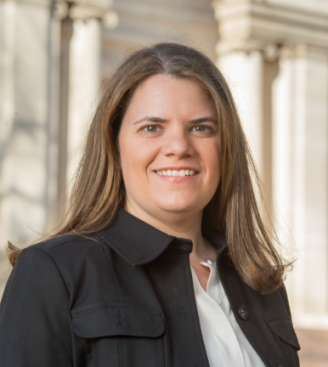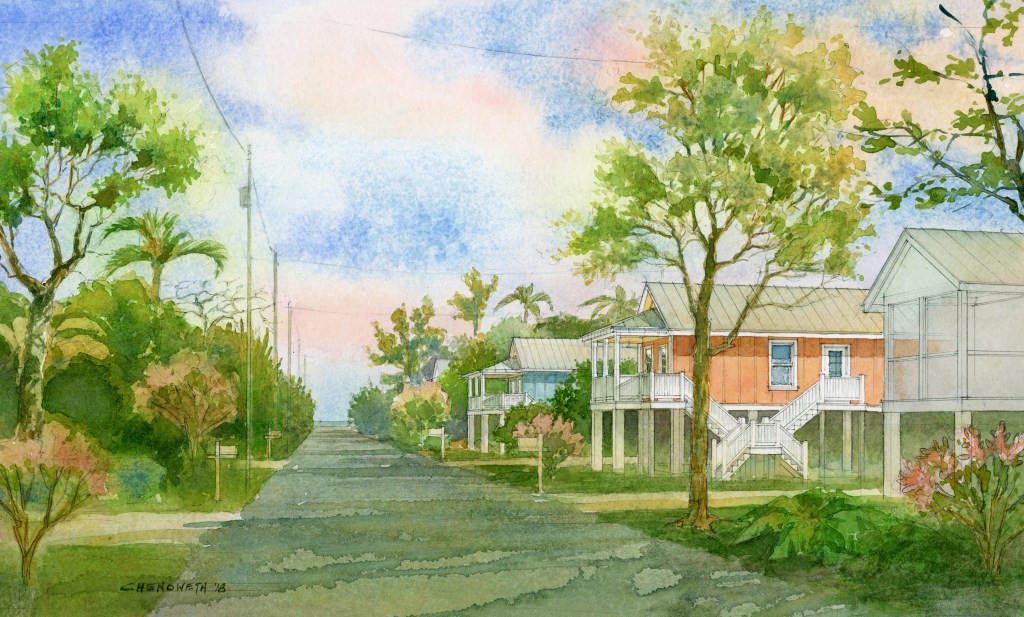Designer Marianne Cusato launched Cusato & Co. Kit Homes to deliver safe, durable, and affordable housing where it is most urgently needed. In 2006, she partnered with the Cypress Group on the Katrina Cottages to offer lasting, dignified housing alternatives to FEMA trailers in the aftermath of Hurricane Katrina. Now, Cusato and the Cypress Group are about to break ground on the first of three kit homes in the Florida Keys as part of the Hurricane Irma recovery effort. Marianne Cusato told BUILDER about this project, which brings her one step closer to the long-term goal of developing a “house in a box” kit.

Tell us a bit about the project.
We have launched a new company, Cusato & Co. Kit Homes, to design and develop emergency housing, workforce housing, and accessory dwelling units. Our goal is to streamline the process of building a home so that we can deliver safe, energy-efficient, and durable homes that are dignified and affordable. Our first three homes are being built in the Florida Keys as part of Hurricane Irma rebuilding efforts. The long-term goal is to develop a “house in a box” kit. These first three will be a hybrid version of the eventual kits.
What led to the idea for the project?
This project picks up where the Katrina Cottages left off. It’s not enough to merely provide shelter after a disaster. To deliver on this vision, we’ve with partnered the Cypress Group, the developer who built the Katrina Cottages in Louisiana through the FEMA program. Together we bring a deep institutional knowledge of how to navigate disaster housing to offer a full range of turnkey housing solutions calibrated to meet the different risk factors, program requirements, and volume of units.
How will the kits be constructed? Will they be energy efficient?
The first cottages will be SIPs panels. We like SIPs for their energy efficiency and durability.
What special FEMA or local codes do the homes meet?
The homes are built to meet or exceed all FEMA flood heights and local building codes. For the Keys, we are building to meet the Monroe County, Fla., code. The houses will be built above base flood elevation and will be rated for 185+ winds. We can calibrate the engineering of the houses to meet all local requirements. For instance, were we to be building in California, we would design for seismic pressures.
How will they be delivered?
KIT HOME ADVANTAGES
Cusato & Co. Kit Homes include the following benefits:
Safe and Durable: Engineered to withstand local risk factors
including: hurricane force winds, seismic loads, & snow loads
Resilient: Water resistant and fire resistant finishes
Zero Energy Ready: Low energy consumption facilitates affordable
operating expenses, especially in settings with high electrical rates
Meet all Local Codes: Calibrated to meet or exceed all applicable local
building codes
Enduring Design: Livable, comfortable design
Most of our homes are panelized kits, assembled on-site. As we adapt our housing solutions for specific needs and different locations, in some cases we may prefabricate homes fully off-site. Our mission is to help with the process of rebuilding, as such, we will calibrate our product to meet individual needs.
Do they have larger ramifications for the industry beyond post-disaster housing?
Absolutely. Why is it so hard to build a simple house? Why is it so expensive? The housing industry has fallen behind every other industry in terms of innovation. Issues with stagnant productivity run deeper than a labor shortage. The current home building process is outdated and not able to grow to meet the needs of our aging population and demands of millennial buyers. Our goal is to adapt to changing times and meet these market demands through a streamlined process.
When do you plan to have them ready?
The first three units break ground in the Florida Keys this spring and will be complete late spring/early summer, with an additional seven units starting later in the spring
.




